Critique Your own Artwork
I don’t like for anyone else to critique my artwork.
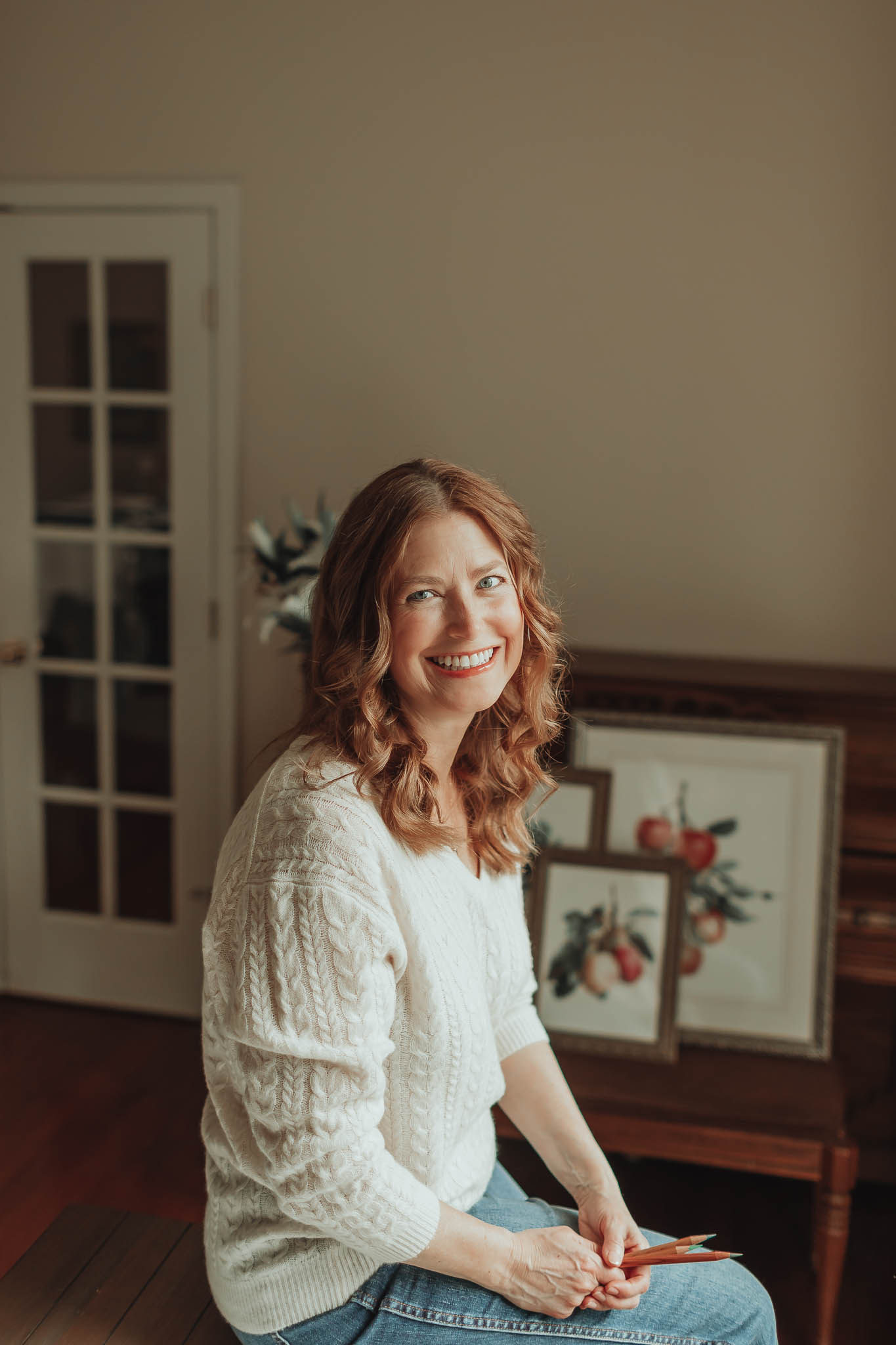
Why?
I am the expert when it comes to my artwork. I just spent hours with this drawing. Do I want to ask someone else (say an unassuming loved one) to tell me what they think? Either they will be overly complimentary- “That is AMAZING!”- and I will know they are just trying to be nice. Or, they will try to find something to critique in order to be ‘helpful’. “I don’t really like the red. Maybe you should have made it blue…” Either way, this is not helpful to me in the least.
I know what I like and don’t like about my artwork. I know what is right and wrong with it. I know when it doesn’t look realistic or has too much contrast or not enough blending. I know! What good does it do to have someone else confirm this for me? And, do you know what? They almost never notice! Most of your friends and family or your extended social media circle will never notice the flaws in your artwork. They don’t want to critique you. They just love what you are doing and want to support you.
That said, one of the most important things you can do when you want to improve the quality of your artwork is to learn to critique yourself! You need to go beyond, “This is good” or “This is bad” and recognize exactly what is good or bad about it. Nailing down exactly what you like or dislike about a drawing can help you improve the next time- which is always the goal when you are learning or growing as an artist.
We can often be very emotional about a drawing we have spent hours creating. This can cloud our ability to clearly see our work for what it is or the way others might see it. If you are only using words like ‘I hate this drawing’ or ‘ugh, it’s terrible’ to describe your work, you won’t be able to improve. You need to understand exactly what you dislike in order to improve the next time.
Similarly, when you ‘love’ a drawing, what do you love about it? What makes it better than the things you have drawn in the past? How can you be sure to incorporate those things into your next drawing? And, is there anything you could do to improve it? I work on drawings all of the time that I LOVE but I can still see the flaws. Those two things can and will go together. They have to because I have never drawn something that I thought was perfect. Does that mean I can’t love my work and be proud of it? So, while I always encourage you to be proud of your work, there is a fine line between thinking it is great and wanting to improve. You have to learn to walk this line. Be proud of your work AND clearly see it for what it is.
After I finish a drawing and spend some time feeling about it- this usually takes the form of I LOVE IT or I HATE IT- I will step back and try to be a bit more rational and calculating. Because it is important to be very specific and articulate when critiquing your own work.
Here are some things that I look at when I critique my own artwork:
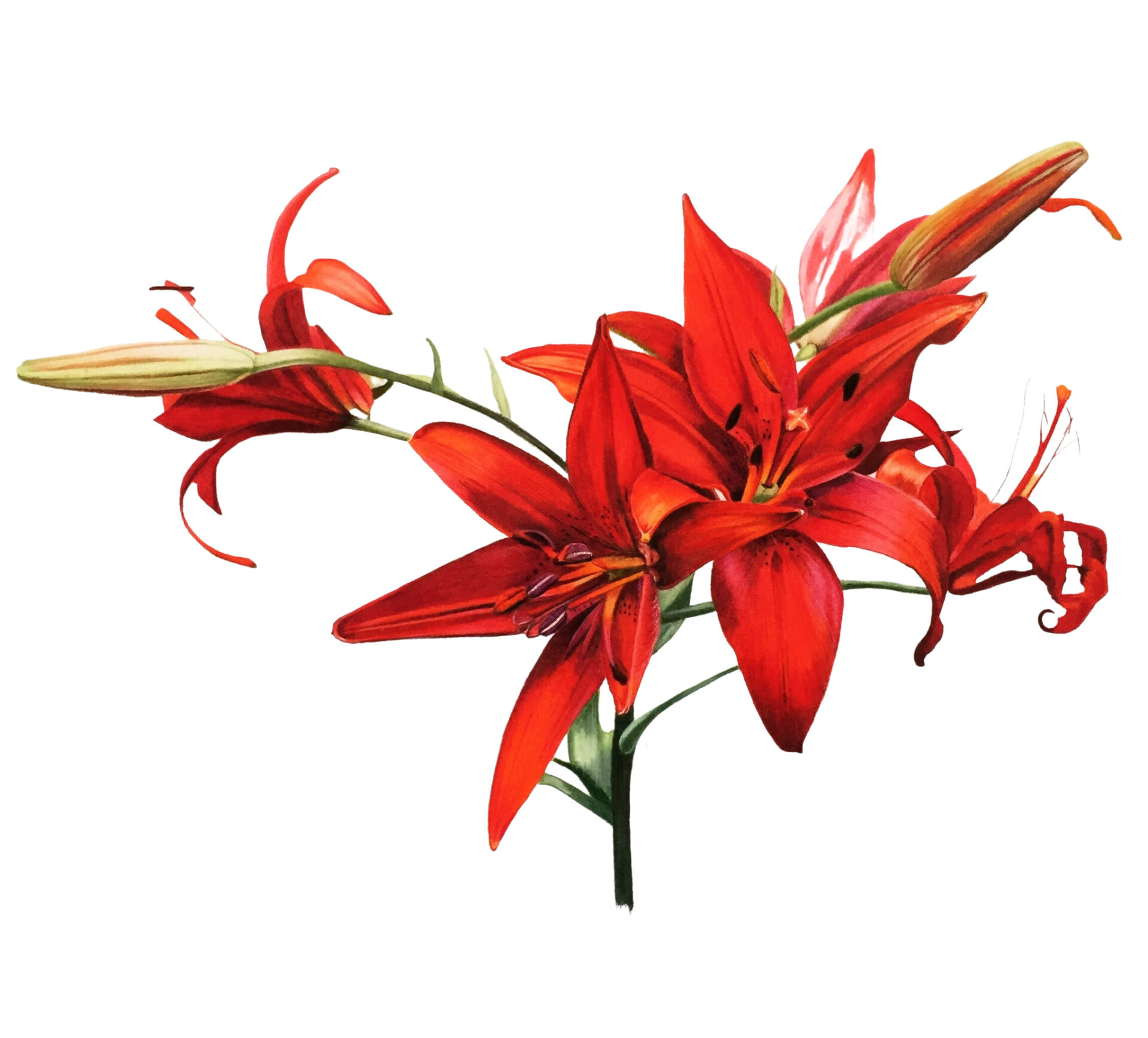
Composition
Does this drawing have an interesting composition? This can be a problem from the very beginning. When you are choosing your reference image or creating a reference image, make sure it is something that catches your eye. This is 100% the most important thing for me personally! I want to create artwork that is fun to look at. Sometimes botanicals can be a bit boring, so I am always looking for something unique in the reference. Beautiful colors, texture, depth, form.
When I am looking for a reference, I want to find something that catches my eye. Something that stands out from the other images. I am looking for something I feel compelled to draw. So, if I am looking at my drawing and thinking everything about this was well done but I still just don’t like it, it is probably a problem with my composition.
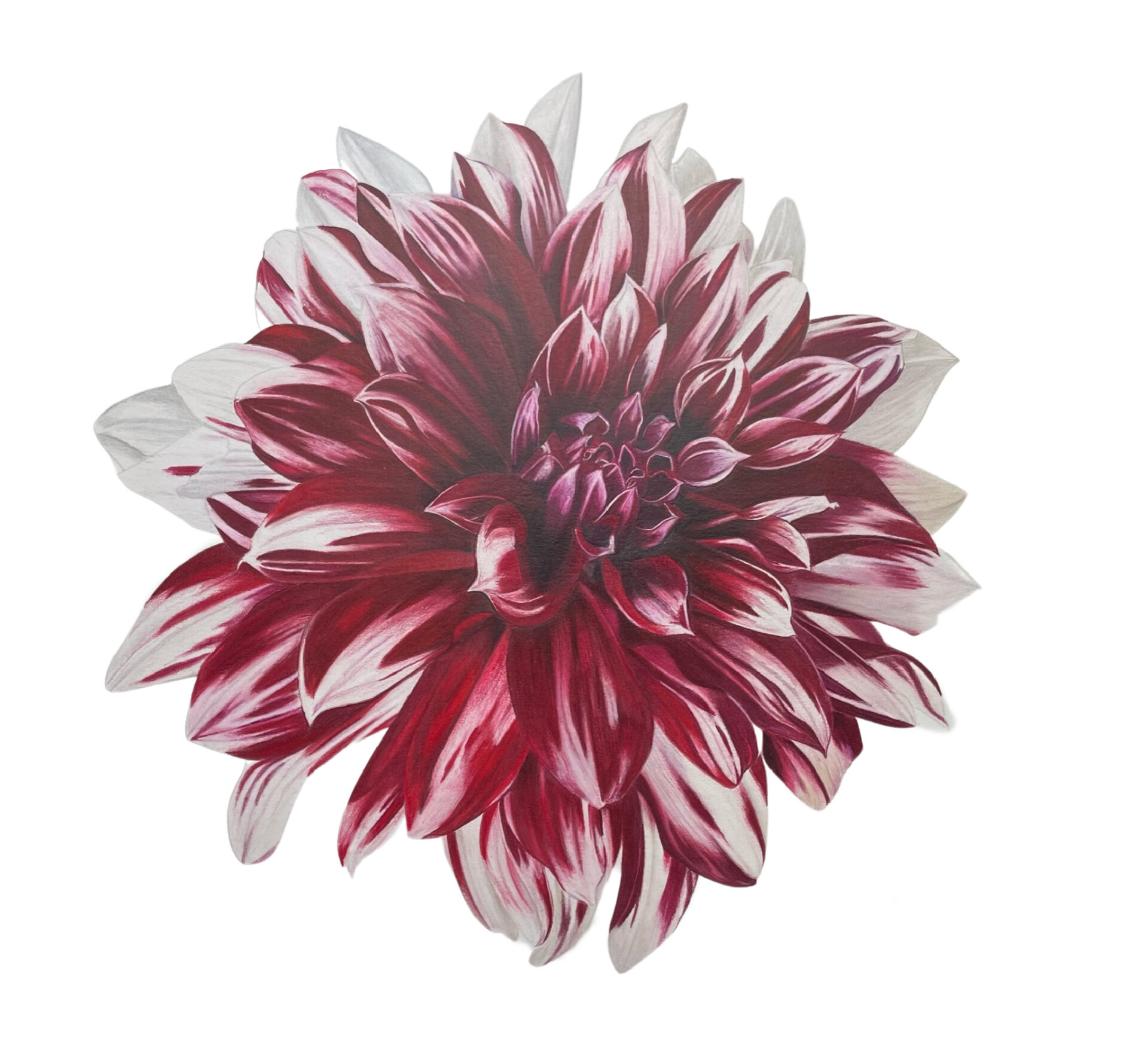
Sharp Clean Edges
Is my drawing clean and free from smudging? Are the edges of my drawing sharp and crisp and free from smudging or excess pencil residue? If not, clean them up!
This is the first thing that I look for and the first thing that stands out to me as wrong with a drawing. Keeping something under my hand to avoid smudging, using a drafting brush to sweep away loose pigment, and erasing smudges as soon as they happen can help me avoid smudged edges. Using a sharp pencil to go carefully around the edges can make them extra nice.
Here is a link to an article I wrote on this topic.
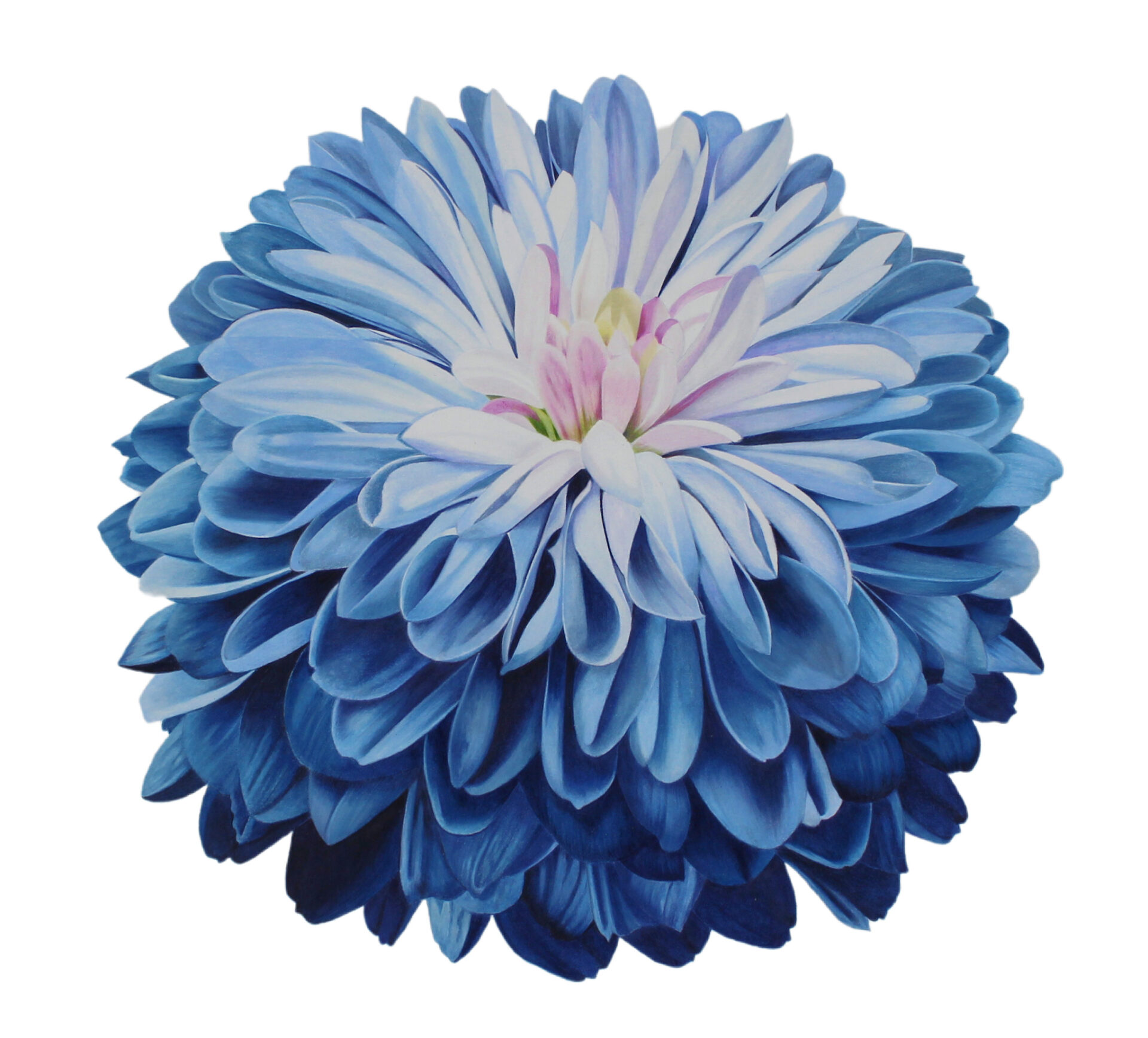
Smooth Blending
Check to see if there are any grainy bits left on my drawing. I like mine to be nice and smooth. I like to put on reading glasses or use a magnifying glass to really look closely.
There are many different techniques you can use to achieve smooth blending with colored pencils. I prefer to blend with a solvent or paint thinner to dissolve the pigment and remove any graininess.
Other ways to smooth out your colored pencils:
- Colorless Alcohol-Based Markers
- Colorless Blender Pens- Like Finesse
- Colored Pencil Blenders
- Burnishing
- Blending with a Waxy White Pencil like Prismacolor
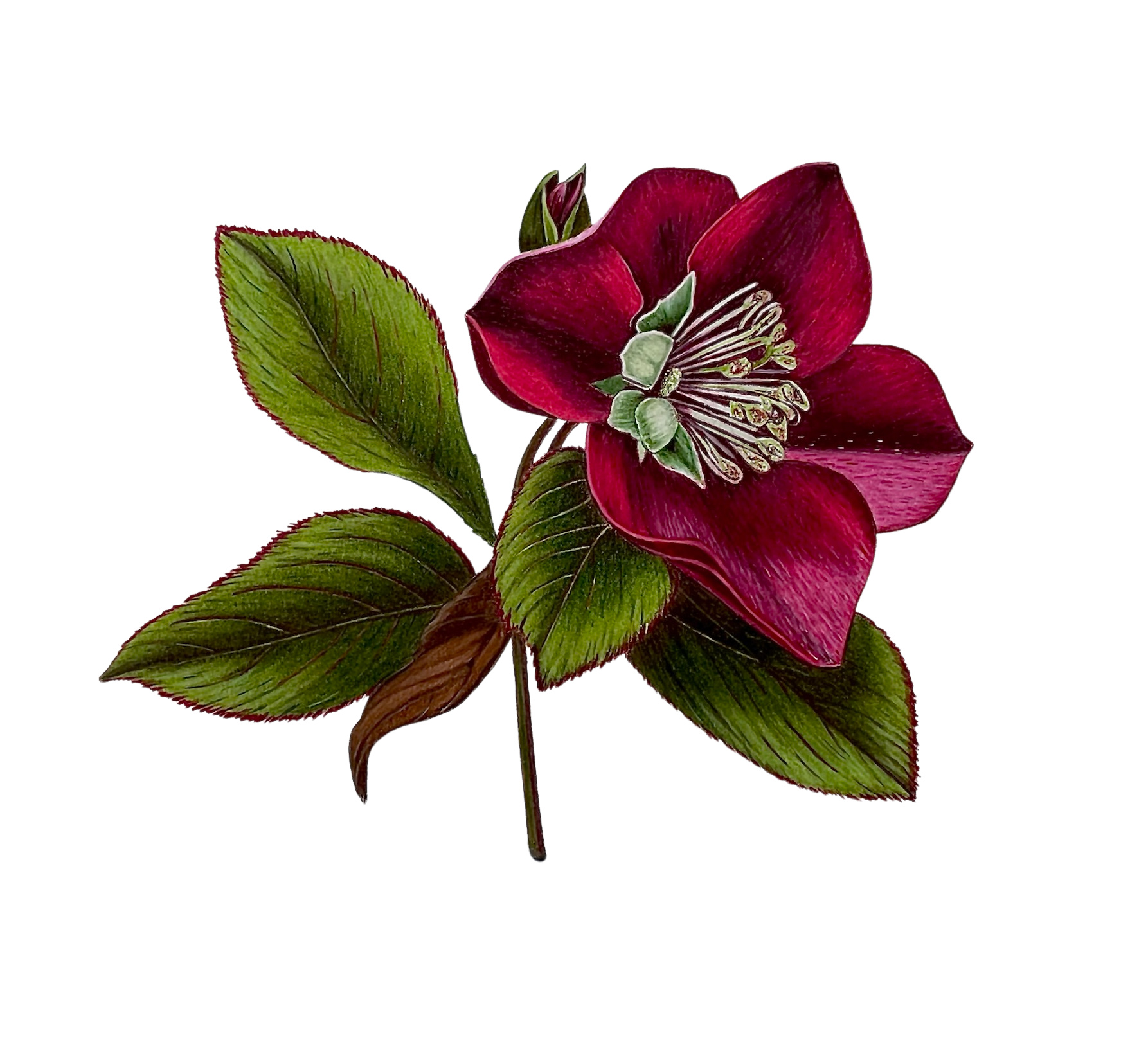
Smooth Transitions
I like to make sure the transitions from shadow to mid-tones are smooth and gradual unless I am intending for them to be more abrupt.
This is one of the biggest mistakes I made when I was learning to draw. When I look back at my early drawings, I simply didn’t know how to do this.
My favorite way to ensure a smooth transition between shadows and mid-tones is to overlap my layers. I make sure to add a very light layer of my shadow color underneath the transition area. I gradually fade this layer into the mid-tones. Next, I go over everything including the shadows with my mid-tone color to blend everything nicely together.
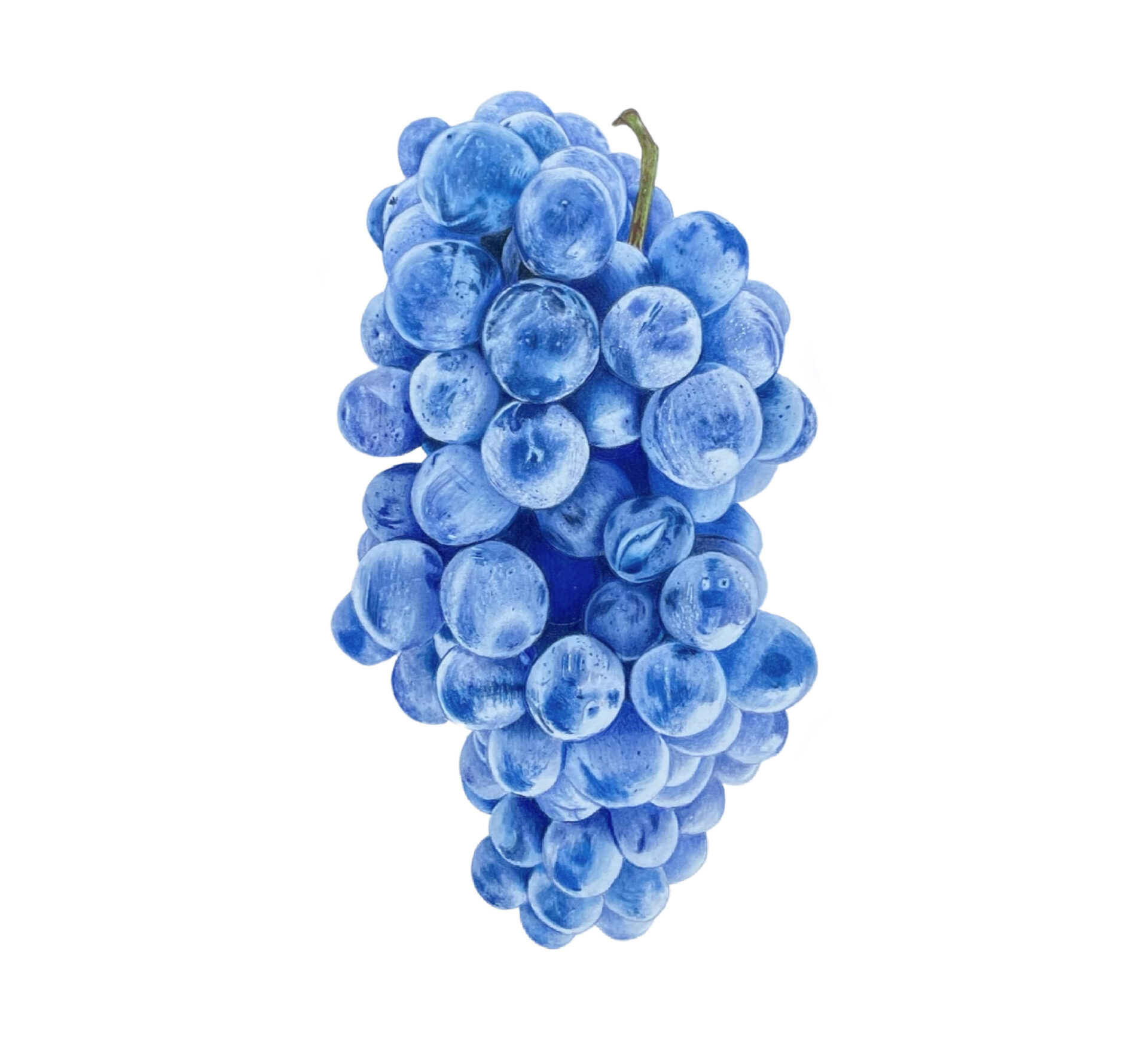
Contrast
Is this drawing boring? If it is, it might not have enough contrast. Don’t be afraid to use your black or dark pencils in the shadows.
You might need to adjust your reference image to increase the black point, shadows, or contrast to help you along. I usually do this on my phone but any photo editing software will have these features.

Texture and Detail
Sometimes all it takes are a few small dots or dashes to create detail that really brings your drawing to life. When all else fails, use a Posca Paint Pen to add some sparkle or a black Prismacolor to add some dots.
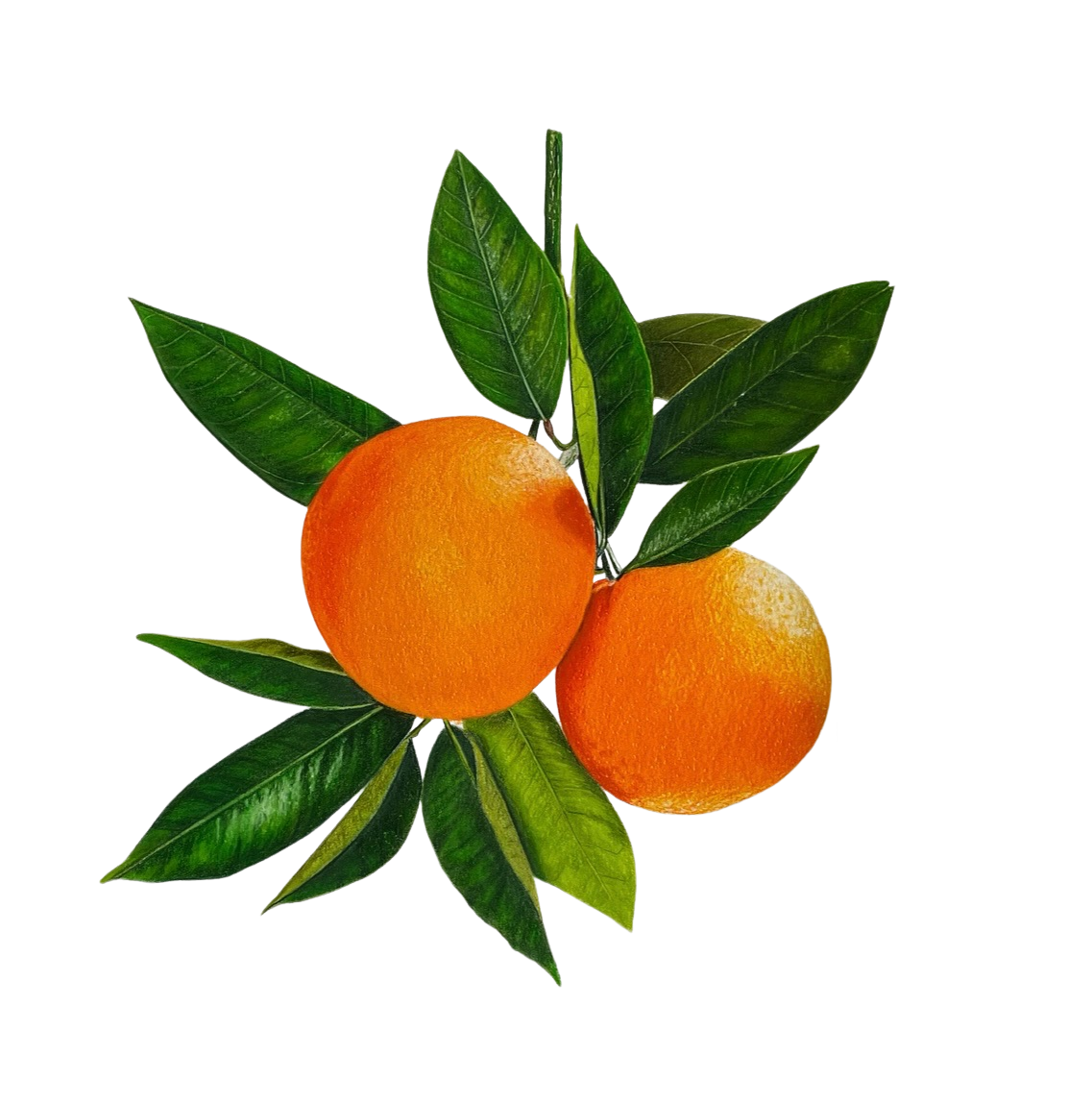
Balance
Is there something about this drawing that draws the eye that shouldn’t? Is there an emphasis on an area that I don’t want?
Sometimes your drawing might just seem ‘off’. This is usually because your eye is being pulled toward a mistake or an imbalance.
Now that you know what to look for, here are some tips on how to go about this critique process.
Put it away for a few days.
When I first finish, I am usually more emotional about my drawing. I am in the love it or hate it stage and I need some space between myself and the drawing. A few days later, I can look at it much more rationally.
Look to your reference image.
What is different between your drawing and the reference? Pinpoint those areas.
Don’t be emotional, don’t beat yourself up, and ask good questions.
Instead of asking ‘What is wrong with this drawing?’, try asking, “What would I do differently if I drew this again? It is a bit less harsh and way more productive. Another good question is “What have I learned from this? How can I avoid this mistake in the future?”
Look for the good!
Ask, what do I really like about this drawing? Where did I improve from last time? What do I want to remember to do next time?
Don’t listen to friends and family.
Most of the time, you don’t need to hear another opinion. You know deep down what is right or wrong with your drawing. Neither insincere praise nor well-meaning critique is very helpful. The insincere praise doesn’t make you feel good because you know it is untrue and the critique can make you feel hurt and defensive. Rarely will a non-artist, friend, or family member offer helpful advice.
Do listen to other artists or teachers
The above tip doesn’t necessarily apply to other artists and teachers who can often be a source of amazing wisdom and advice. Most other artists will want to be encouraging. They have been where you are now. Other artists know that we all start out as beginners and know better than anyone else that you have what it takes to be great because they have lived it.
Teachers will try to offer specific tips that will help you improve. They know that if you tweak this or that thing it will make all the difference. And, sometimes even teachers can give bad advice. In the end, you must rely on your own instincts.
Will I Critique your artwork?
I am often asked to critique artwork for my students and while I am willing to look at your work as a teacher, I am reluctant to give extremely critical feedback. It is not something I particularly enjoy. The truth is, I am usually just so incredibly excited to see that you completed a drawing based on one of my tutorials that I have a hard time being rational about it myself! I will offer tips here and there but mainly, I want to be a cheerleader. Because I know that if you keep going, and keep practicing, you will improve.
One of the things that makes it difficult to critique someone else’s drawing is this: What am I comparing it to? Am I comparing it to my own drawing? Am I comparing it to the reference image? To your earlier work? To a master artist?
The most important thing is that you are improving. That you are learning. That you are experimenting. That you are having fun.
